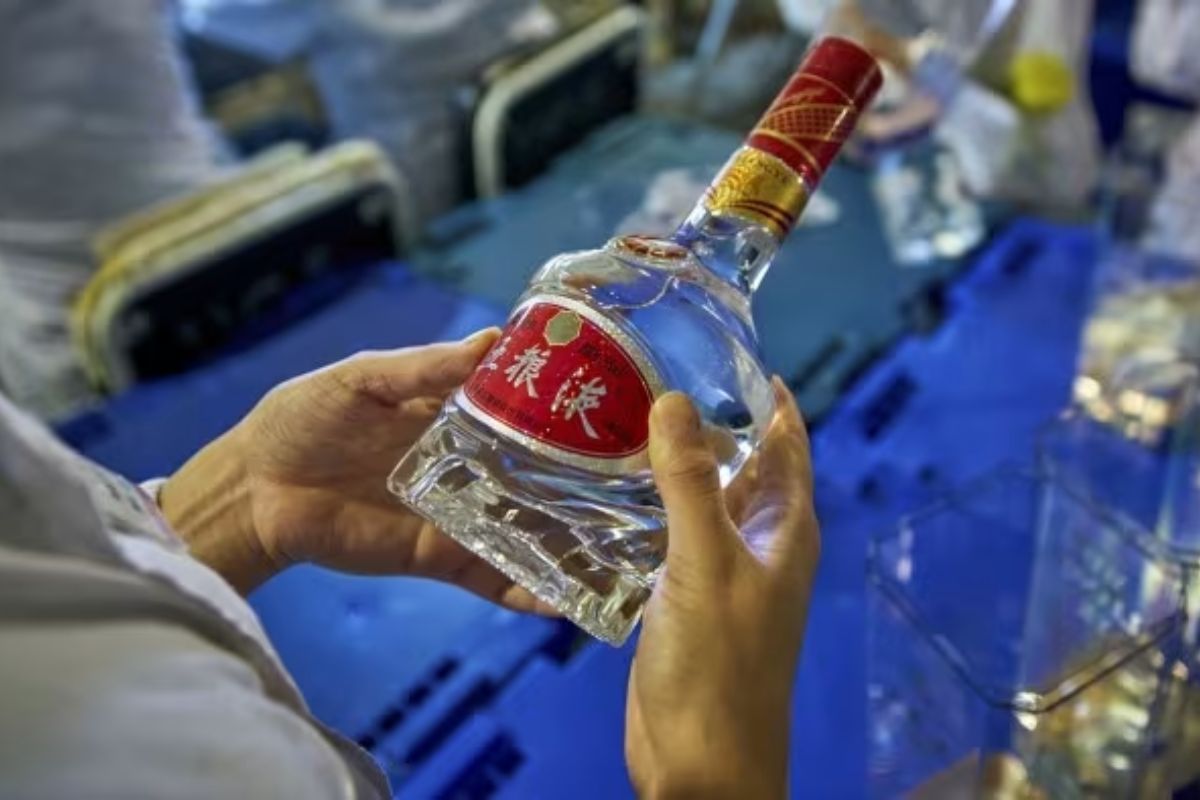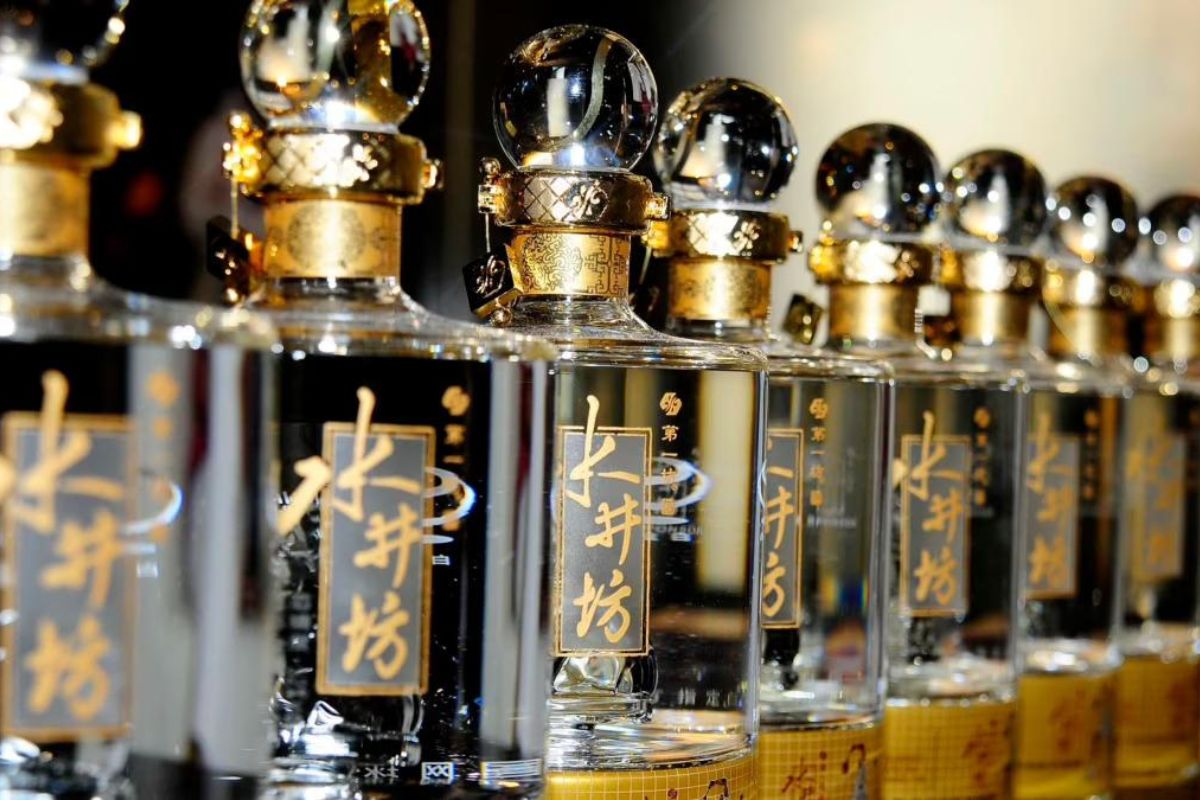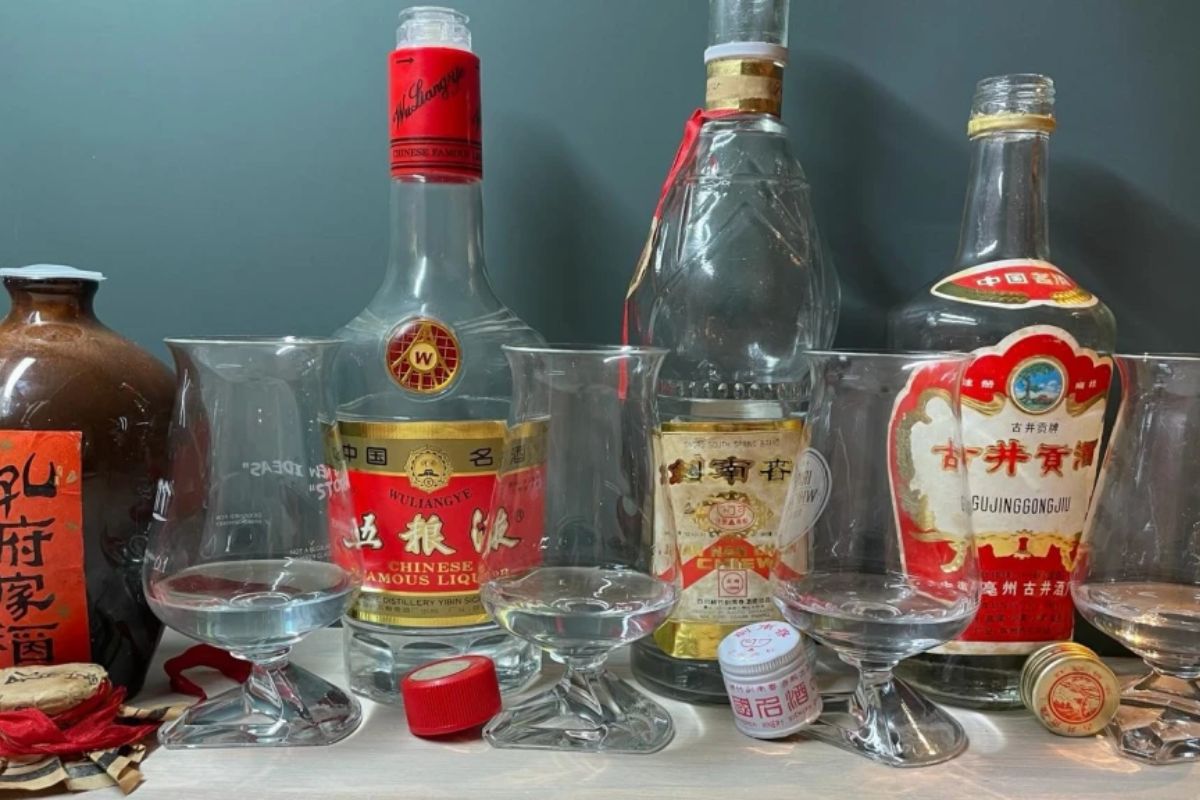Baijiu vs Western Spirits: In the realm of the global liquor market, a clash of titans is brewing between Western spirits and baijiu, the traditional Chinese distilled alcohol.
As Western liquor companies set their sights on capturing China’s burgeoning affluent youth market, baijiu stands firm in its centuries-old dominance and sheer market size.
The battle unfolds amidst a backdrop of innovation and challenges, raising questions about the future landscape of the industry.
Can the underdog Western spirits challenge the entrenched reign of baijiu, or will tradition and market stronghold prove insurmountable?
Western Liquor Companies Targeting China’s Rising Affluent Youth
With the allure of China’s rising affluent youth market, Western liquor companies are strategically positioning themselves to challenge the long-standing dominance of baijiu through targeted marketing and product offerings. Global giants like Diageo and Pernod Ricard are setting their sights on younger Chinese consumers who are increasingly gravitating towards whiskies and cognacs, signaling a potential shift in the traditional preferences for baijiu.
This strategic move not only reflects a recognition of changing drinking trends but also underscores a belief in the broader appeal of Western liquors among China’s burgeoning middle class, millennials, and Gen-Z. Despite currently holding a mere 3% market share in China, these companies are confident that by tapping into this evolving consumer base, they can gradually erode baijiu’s dominance and establish a stronger foothold in the market.
As the battle between Western spirits and baijiu intensifies, the race to capture the hearts and palates of China’s youth represents a pivotal moment in the liquor industry’s evolution within the country.
Also Read: Starbucks Cuts Sales View, Cites Global and Q2 Challenges
Baijiu’s Continued Dominance and Market Size
Despite the growing popularity of whiskey and cognac among China’s youth, baijiu continues to maintain a stronghold on the market, boasting a staggering value of approximately $167 billion in 2023. This impressive figure far surpasses the whiskey and cognac markets, solidifying baijiu’s dominance in the Chinese liquor industry.
While Euromonitor predicts a substantial 88% growth in whiskey consumption between 2023-2026, it remains a niche preference among the younger demographic, mainly confined to upscale establishments. Baijiu’s long-standing cultural significance, deep-rooted traditions, and diverse flavor profiles contribute to its unwavering appeal and market resilience.
The sheer market size and consumer loyalty surrounding baijiu pose formidable challenges for Western spirits attempting to infiltrate the Chinese market. As the battle between Western spirits and baijiu intensifies, it is evident that baijiu’s continued dominance is not merely a trend but a testament to its enduring legacy and entrenched position within Chinese drinking culture.
Innovation and Challenges in the Liquor Market
In the dynamic landscape of the liquor market, the interplay between innovation and entrenched traditions presents formidable challenges and opportunities for both local and international players. Baijiu producers in China, recognizing a saturated market, are embracing innovation to cater to diverse consumer preferences. Pernod Ricard’s introduction of Martell Noblige Flame and Kweichow Moutai’s experimentation with baijiu-infused products like lattes, chocolate, and ice cream highlight this trend.
On the other front, Western giants such as Diageo and Pernod Ricard are strategically extending their footprint in the market, acknowledging the hurdles posed by baijiu’s deep-rooted dominance. Despite concerted efforts to carve out market shares, the stronghold of local baijiu brands continues to pose a significant challenge for international players.
The liquor sector’s future will be shaped by how adeptly companies navigate this dichotomy between tradition and innovation, where the ability to adapt and offer novel experiences will determine success in this fiercely competitive arena.
News In Brief
In the global liquor market, Western spirits aim to challenge baijiu’s dominance in China. Focused on the rising affluent youth, companies like Diageo and Pernod Ricard target younger consumers shifting towards whiskies and cognacs. While holding a 3% market share, they seek to erode baijiu’s stronghold and gain traction in China. Baijiu, valued at $167 billion in 2023, maintains cultural significance and deep-rooted traditions, posing challenges for Western spirits. Despite innovations like baijiu-infused products, the battle hinges on navigating traditions and appealing to evolving consumer preferences in China’s competitive liquor industry.
Our Reader’s Queries
Q1 What percentage of China’s alcoholic market does baijiu represent?
A Baijiu’s Reign: Commands 94% of China’s Domestic Spirits Market Sales.
Q2 Why is baijiu so popular in China?
A Baijiu’s Pervasive Presence: Rooted in Rituals, from Weddings to Funerals, and Integral to China’s Business Culture.



